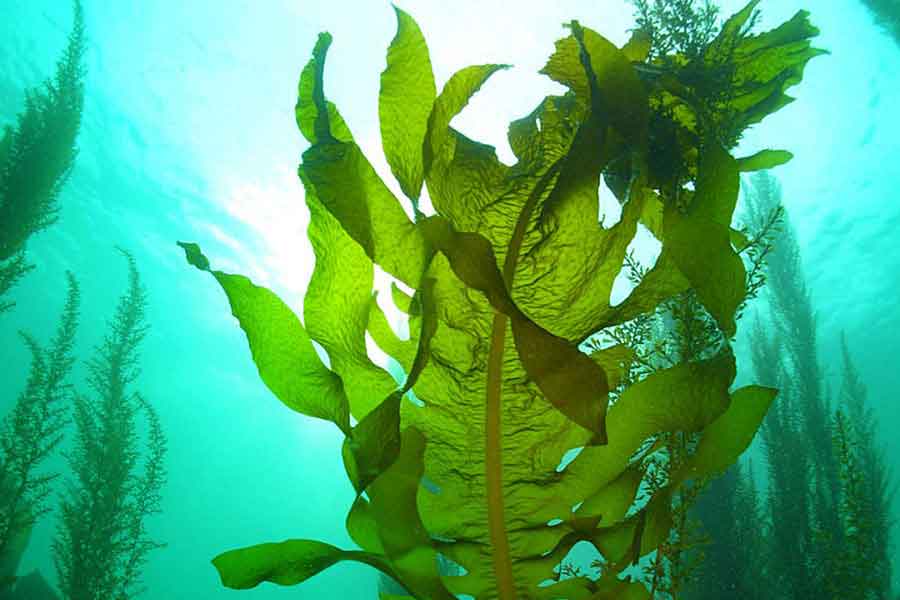
Sometimes, an animal or plant species that is native to a specific geographic area can naturally or accidentally move to a different environment. This organism, exotic to the new location, may find suitable conditions to grow and thrive, especially considering that it often lacks natural predators in the new area. This allows it to grow unchecked and aggressively impact the local fauna and flora.
These organisms are referred to as «invasive species.» Countries usually have strict laws to protect and regulate the entry and subsequent reproduction of such organisms. The most well-known case in Argentine Patagonia is the introduction of the red deer, which is larger than the local deer and has completely displaced it from its natural habitat. Patagonia is now facing another invader, but this time, it is beneath the coastal waters.
It involves an algae known as Undaria pinnatifida, which is native to the coasts of Japan, where it is called wakame. Just five years ago, a diver from the city of Puerto Madryn alerted local authorities about the appearance of some outbreaks of this exotic algae near the city’s pier. It is known that this algae, which has already invaded areas in Baja California, Europe, New Zealand, and Australia (where it is strongly combated), can be transported attached to the hulls of ships, or even its spores can survive in ballast water used for balance in vessels. An inspection conducted in Europe in 2000 found algae attached to 20% of fishing boats, 50% of yachts, and 35% of motorboats.
In a few years, wakame spread throughout the Golfo Nuevo in Argentina, displacing kelp, a naturally nutritious plant. Undaria grows rapidly, densely populating the seabed with undesirable shadows that eliminate the natural life of bivalves, crabs, and other residents. Where undaria thrives, there are hardly any fish left, and these fish are the basis of the diet for dolphins and sea lions. The three sea lion colonies (rookeries) in the Golfo Nuevo (Baliza, Punta Conscriptos, and Punta Alt) are completely invaded. Wakame, possibly transported by fishing boats, managed to spread beyond the Golfo Nuevo, and today there are outbreaks in Cabo dos Bahías and Bahía Camarones, threatening the largest marine ecosystem in the southern cone.
In addition to water temperature and suitable substrates for attachment, undaria encounters another factor in Argentina that enables its uncontrolled growth: the inactivity of local authorities. Instead of combating the invader from its first appearance, they are still debating what to do. Eradicating wakame today is virtually impossible because cutting the plant releases spores that disperse and create new plants. These plants will be transported by ships and currents, leading to an increasingly unstoppable and invincible invasion.
«You cannot defend what you do not love, and you cannot love what you do not know.»

